This post may contain affiliate links. Read our disclosure policy.
This can be a surprisingly controversial debate and is a question I get asked about all the time. Which is better: butter or shortening? I’m going to be diving deep into the exact differences between the two, and even comparing the same recipes made with each so you can SEE the differences.
It seems so simple to just substitute out one ingredient with another but baking is truly a science and every change you make can result in a totally different product! I’ve done specific testing on butter vs. shortening with pie crust, biscuit, and cookies. In the video below I’ve explained everything in case you don’t feel like reading. Let me know in the comments below if you’re Team Butter or Team Shortening!

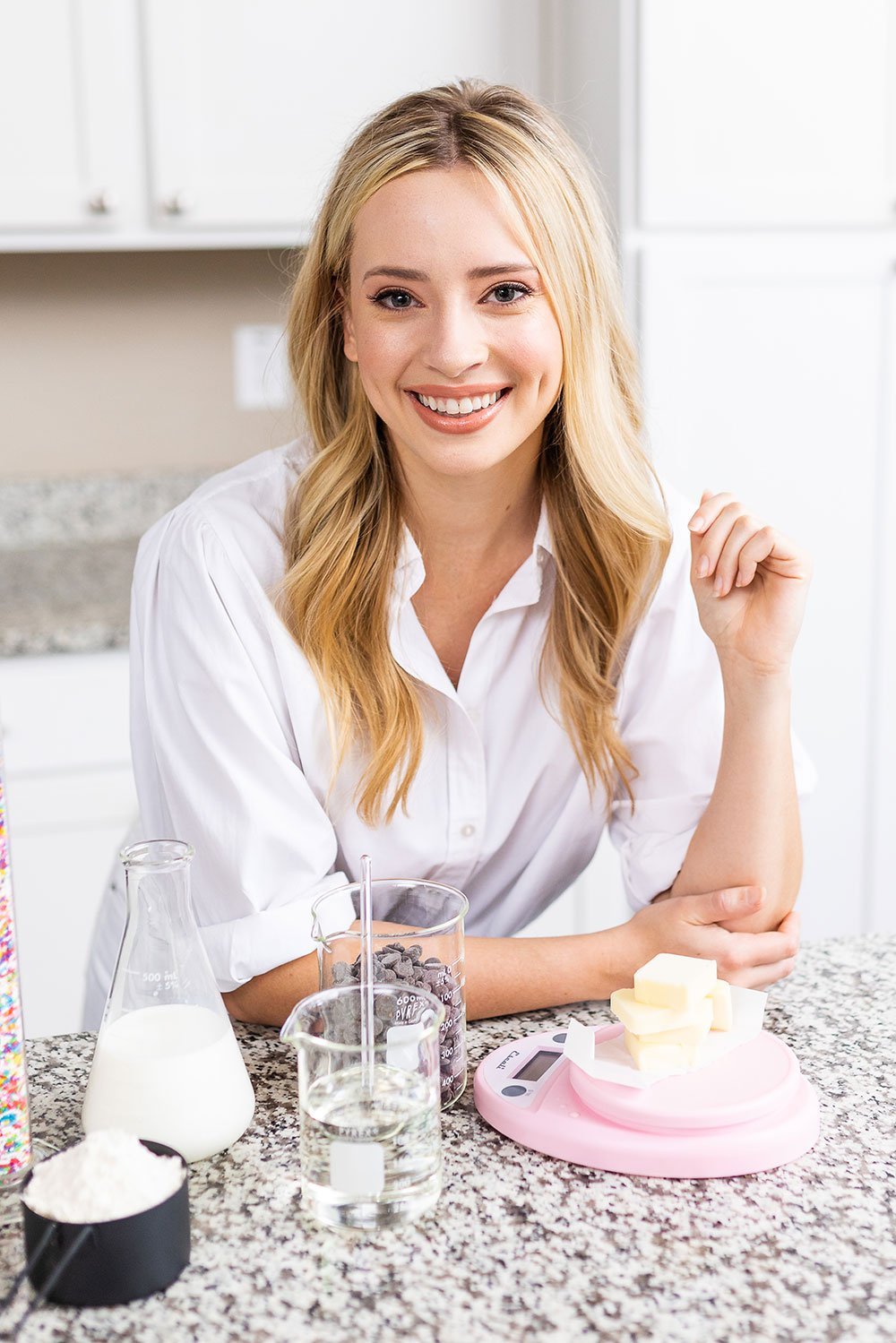
Free Baking Science Mini-Course!
From cookies that spread to undercooked brownies, this FREE 5-day Baking Science course helps you conquer common baking challenges and make bakery-worthy treats every time.
Butter
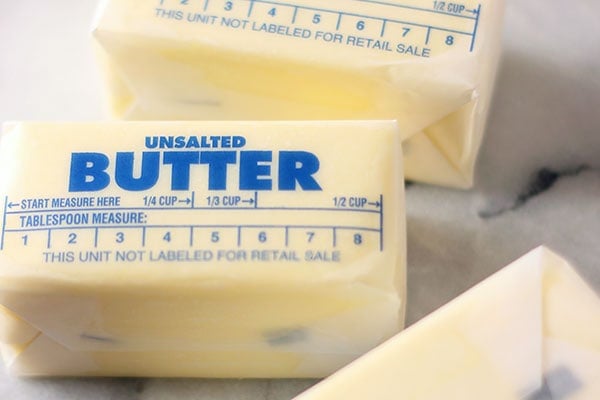
What is it?
Butter is composed of at least 80% fat (per U.S. standards) and no more than 16% water, plus a smaller amount of milk proteins. That water content turns into steam while baking and can increase gluten production, which can result in a crisper cookie, flakier pie crust or biscuit.
Butter has a melting point that’s around body temperature. This means it starts to melt the moment it encounters heat, giving it that melt-in-your-mouth feeling we all love. For cookies, this also results in more spread and a flatter cookie.
PROS
• All natural.
• Provides an excellent incomparable taste.
• Butter offers a melt-in-your mouth texture.
• Gives biscuits and pie crust an incredibly light yet flaky texture
CONS
• Butter can be expensive.
• It can melt too quickly and cause baked goods like cookies to spread too thin
• The temperature of your butter in baking is really important, so it’s a little more difficult to get right
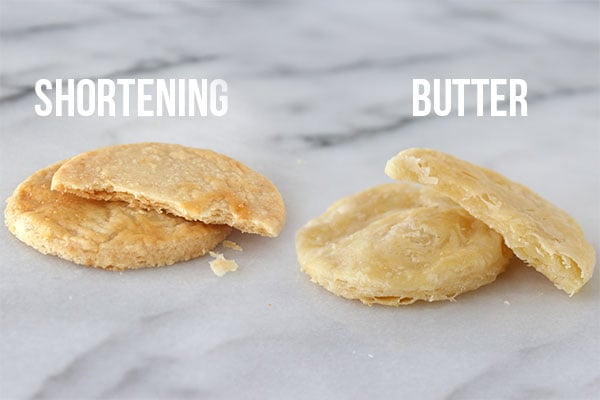
Shortening
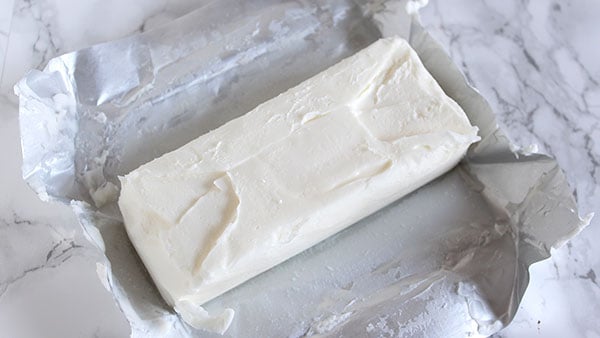
What is it?
A fat that is solid at room temperature and typically made from vegetable oils. It used to be commonly made through a process resulting in trans fat, but now that we know how trans fat negatively impacts our health it can now be manufactured in a way that results in saturated fat instead. Basically, it is a cheaper and more shelf stable butter substitution.
Shortening is 100% fat, containing no water. That means no steam is created during baking which effectively reduces gluten production, so shortening cookies tend to be softer and more tender. Also, shortening has a higher melting point than butter, resulting in taller cookies. Because there is no water, most brands of shortening will recommend you add in 2 tablespoons of water for every cup of butter that you’re substituting with shortening.
PROS
• Shortening is cheap and has a long shelf life.
• Cookies made with shortening are tall and tender.
• It can be easier to work with than butter which can quickly get too warm.
CONS
• Not natural.
• Can’t compare to the flavor of butter, even if the shortening is “butter-flavored” (nothing is as good as the real thing).
• Lack of water leads to a more crumbly texture.
Shortening’s higher melting point results in a taller cookie. However, it also means that it doesn’t fully melt in the mouth like butter does, leaving behind an unpleasant waxy coating on the palate.
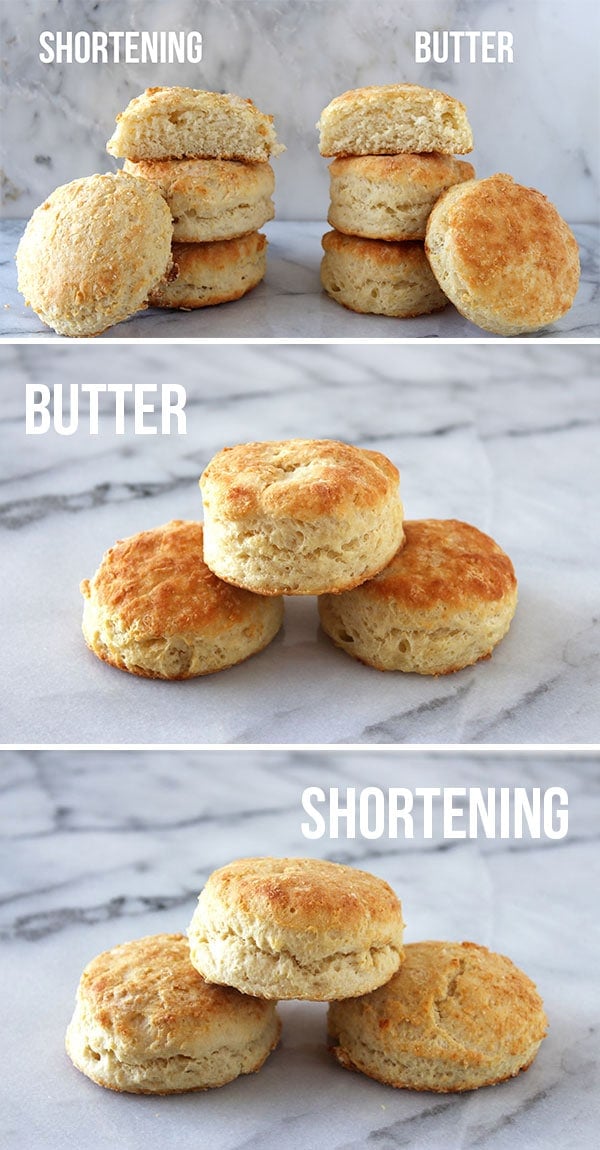
THE VERDICT?
I personally prefer butter over shortening and rarely bake with shortening. I just like to use natural ingredients when possible.
That waxy coating I just described is exactly why I don’t like to use shortening in recipes like buttercreams or icings where that waxy feeling is super obvious. Sure, buttercream made with shortening won’t melt if you’re serving cake or cupcakes in a warm area, and it’ll remain stable for longer, but that’s not enough to sacrifice the better texture and flavor butter offers.
However, I do like the height and tenderness shortening lends in cookies. That’s why I would suggest using 50% butter and 50% shortening – or some similar combination – to get the best of both worlds if you’re baking cookies. However, when it comes to pie crust and biscuits, I prefer 100% butter.
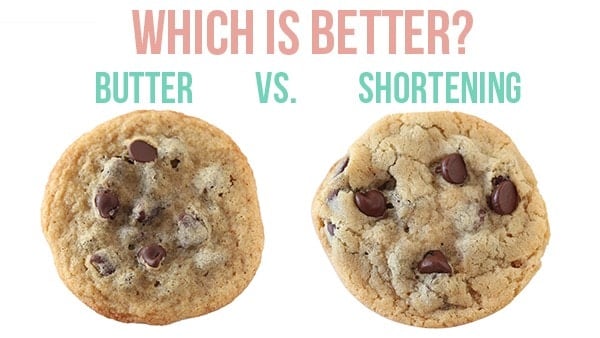
Shortening can be a great option for people who can’t eat dairy or who subscribe to a vegan diet.
I hope you found this insightful! Which do you think is better? Leave me a comment and let me know what you think.

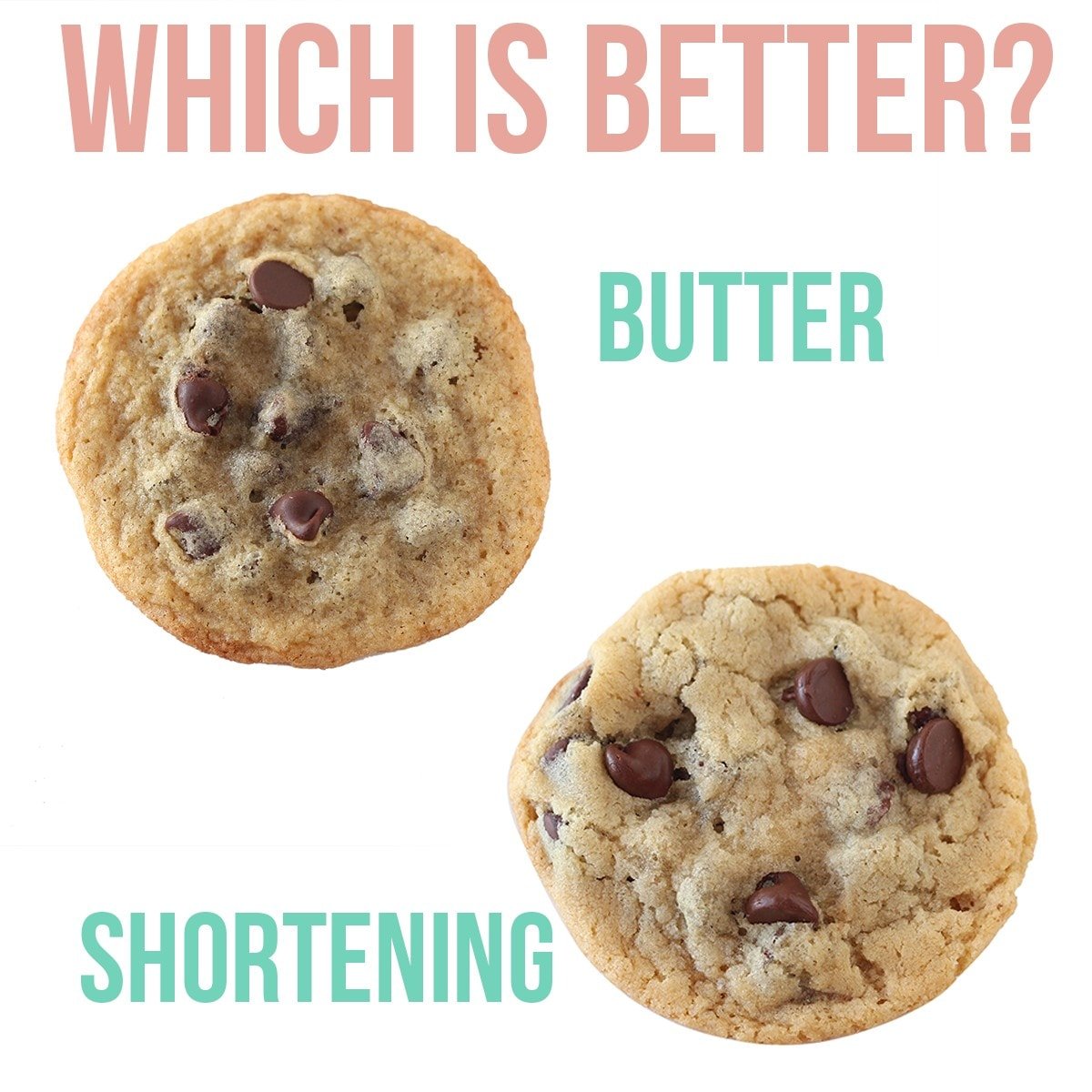
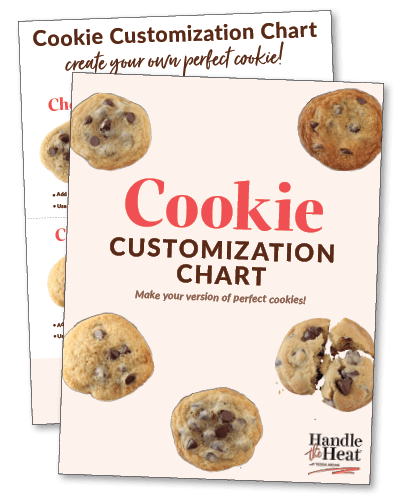
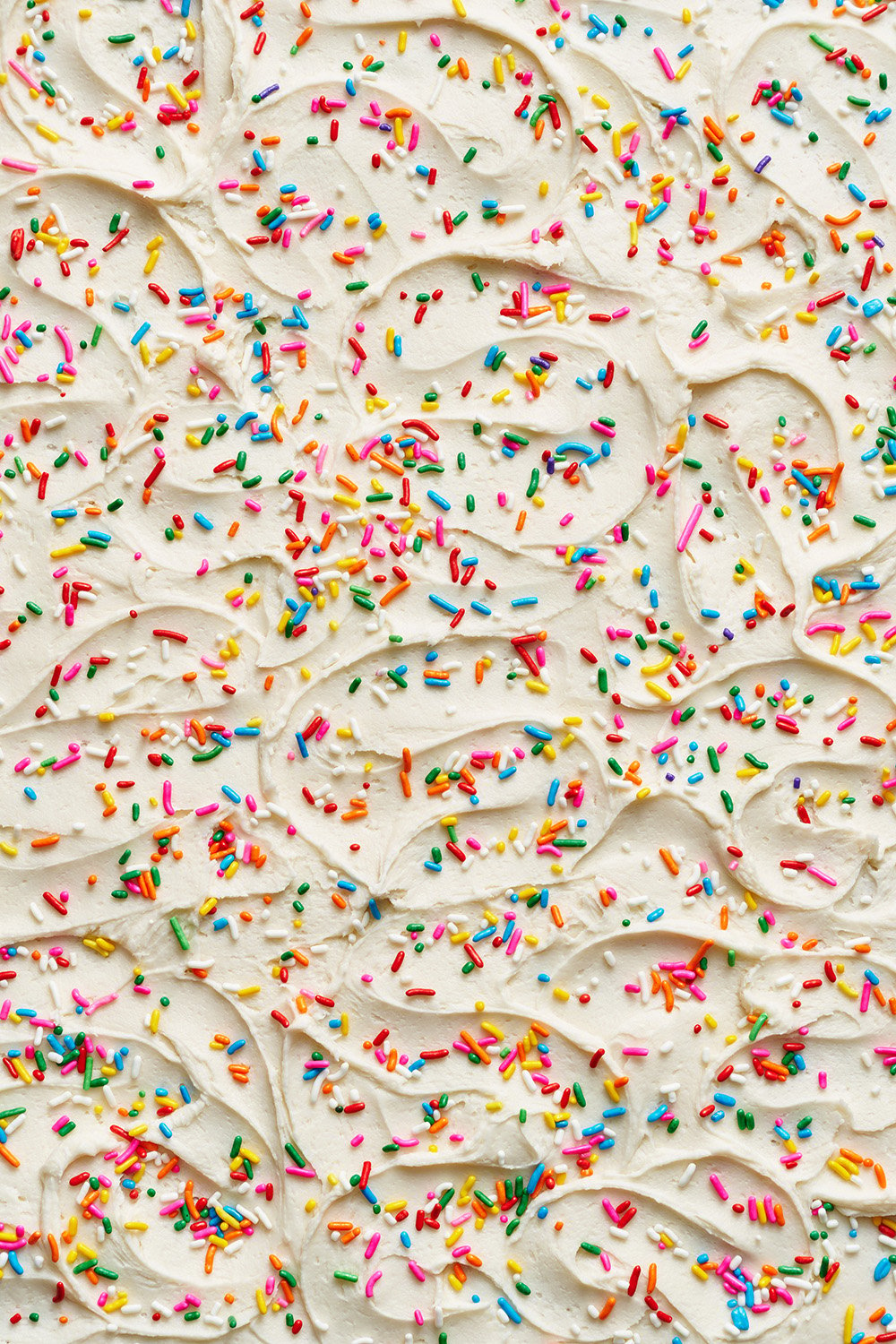
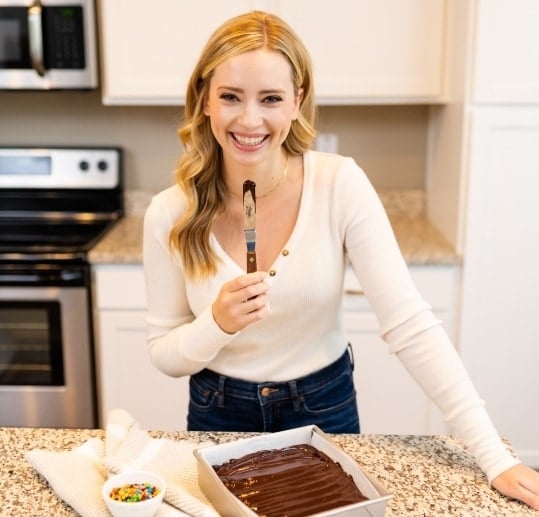


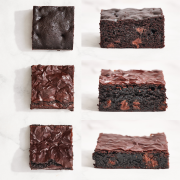
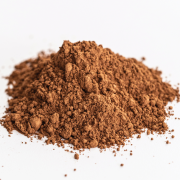
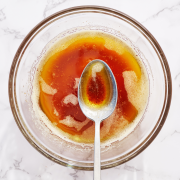

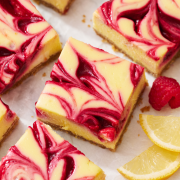

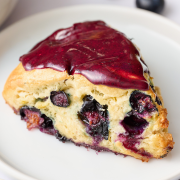








I would have liked to know what you would use in a fruit pie crust and what you would use in a meat pie crust? Butter or shortening? Thank you
Thank you. You answered my question. I wanted to know about using 1/2 butter and 1/2 shortening in my cookies. Can that also work in making buttercream frosting? My child is lactose intolerant, and buttercream can sometimes make them feel sickly.
Hi Debi! Some American buttercream recipes will contain shortening or a combination of butter and shortening, so feel free to experiment and see what works best for you. Just keep in mind that using shortening in a buttercream frosting can leave a slightly greasy film on the palate, as well as a slight aftertaste. You may also be able to find a recipe somewhere for buttercream using a vegan butter – I haven’t tried that personally, but I know there are lots of vegan recipes out there! I hope this helps! 🙂
Perhaps you’ve already discussed this elsewhere but, having just watched your excellent video which mentioned the water content of butter and the effect of steam on baked goods, may I ask if there is some adjustment that should be made if using browned butter for a cookie?
Hi John! Cookie recipes using melted or brown butter are formulated differently, to account for the water lost in melting or particularly in browning. These recipes are even more important to chill before baking – learn more about that here. If you’re creating your own recipe, or tweaking one originally using creamed butter/sugar, it will take some tinkering to adjust because of the differences in moisture content. Or, simply try Tessa’s fantastic Brown Butter Chocolate Chip Cookies or Browned Butter Toffee Chocolate Chip Cookies 🙂 Happy baking!
The link for your “free cookie customization chart” is broken. Inasmuch as everything I’ve read on your site so far is so very helpful, I’d love to read it. Thanks!
Hi John! Thanks for bringing that to our attention! The link has been fixed 🙂 Happy baking!
What difference in the butter vs. shortening debate might using clarified butter make?
Hi there! Clarified butter has a composition of almost 100% pure butterfat – it’s butter, but with the milk solids and water removed. This makes it great for searing, frying, or roasting food as it raises its smoke point; however, Tessa doesn’t bake with clarified butter. Because the milk solids have been removed, you run the risk of drier baked goods. It may be possible to use clarified butter in recipes where creaming the butter isn’t necessary, but we haven’t tested this enough ourselves to say for sure. We always recommend baking with butter for best results.